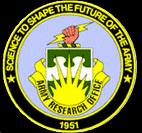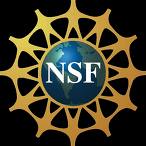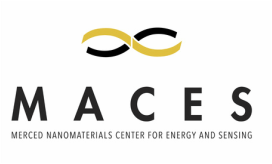We leverage the electric fields developed in the near-field regime of metallic nanoparticles (NPs) to control the behavior of their surrounding media. These include altering spatial orientation to control optical transmission and triggering capsule collapse to release enclosed cargo, all of it by remote control.
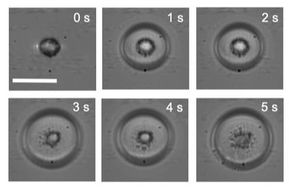
Shells assembled from 5 nm gold nanoparticles can encapsulate cargo within during the assembly process, and then controllably release the same using optical excitation, which leverages photothermal heating initiated by the localized surface plasmon resonance (LPSR) of the AuNPs, causing the shells to disintegrate. The figure is a series of bright field images taken in 1 s intervals while the shell is being illuminated by 2 mW of light at 532 nm. The shell disintegrates entirely within 5 s. These data are by far the most optimized combination of power requirement and release time reported.
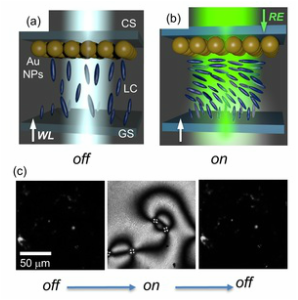
Orientational control of molecules forms the basis of most LC-based devices. We demonstrate an all-optical method to switch spatial directions of LC molecules in thin films by depositing the LC film on top of a monolayer of gold nanoparticles (AuNPs). The LC molecules orient homeotropically in their native state due to surface interactions, and transmission of white light through the sample is prevented when viewed through crossed polarizers. This dark state is designated 'OFF'. When irradiated with light resonant with the localized surface plasmon response of the AuNPs (in this case, 532 nm), the plasmonic electric field re-orients the LC molecules closest to the AuNP layer, and this effect propagates elastically throughout the thickness of the entire film. Light transmission is now possible and in this 'ON' state the sample appears bright. Turning the resonant green excitation off returns the sample to its original dark condition within milliseconds.
Makiko Quint, et. al., Optics Express, 2015
Makiko Quint, et. al., Optics Express, 2015
